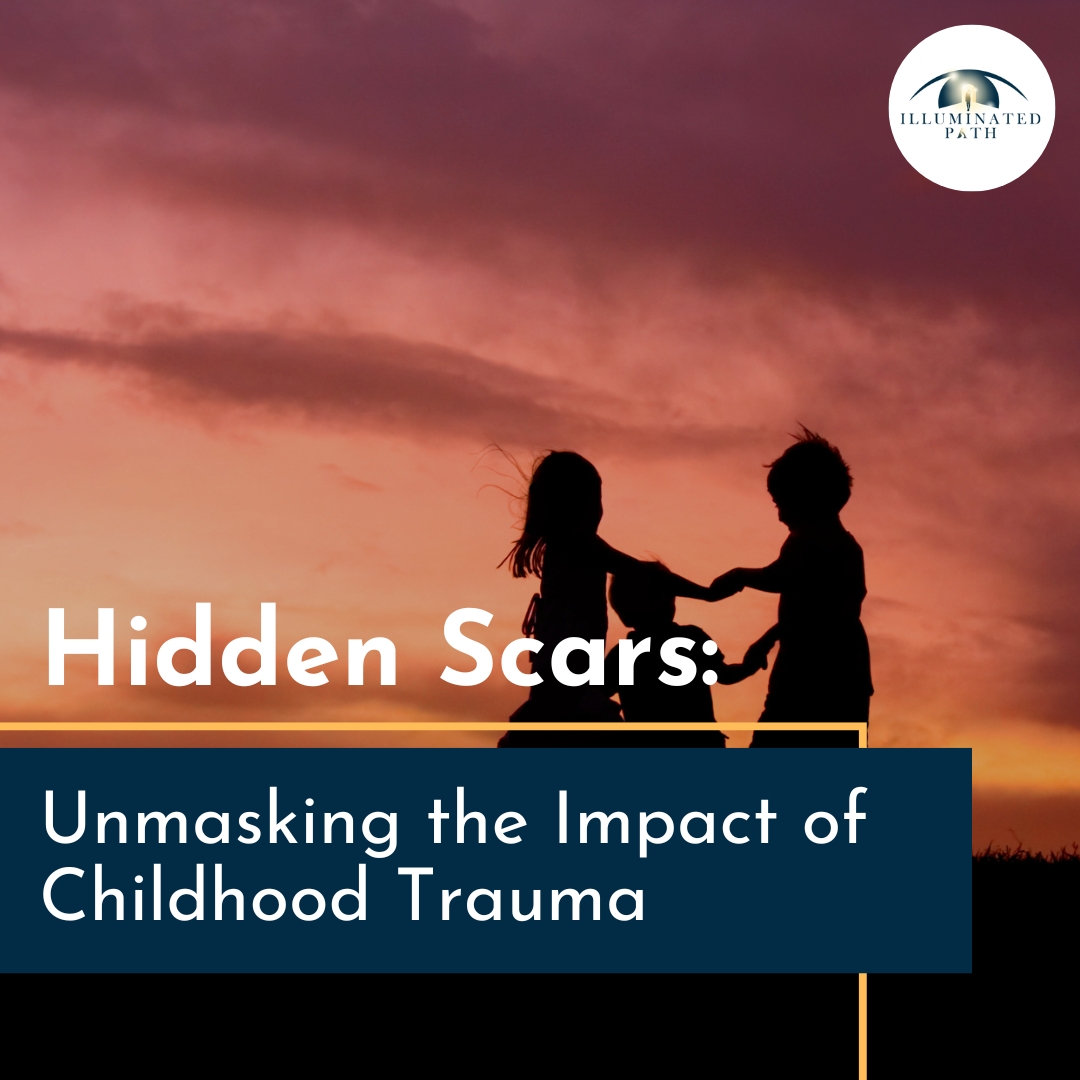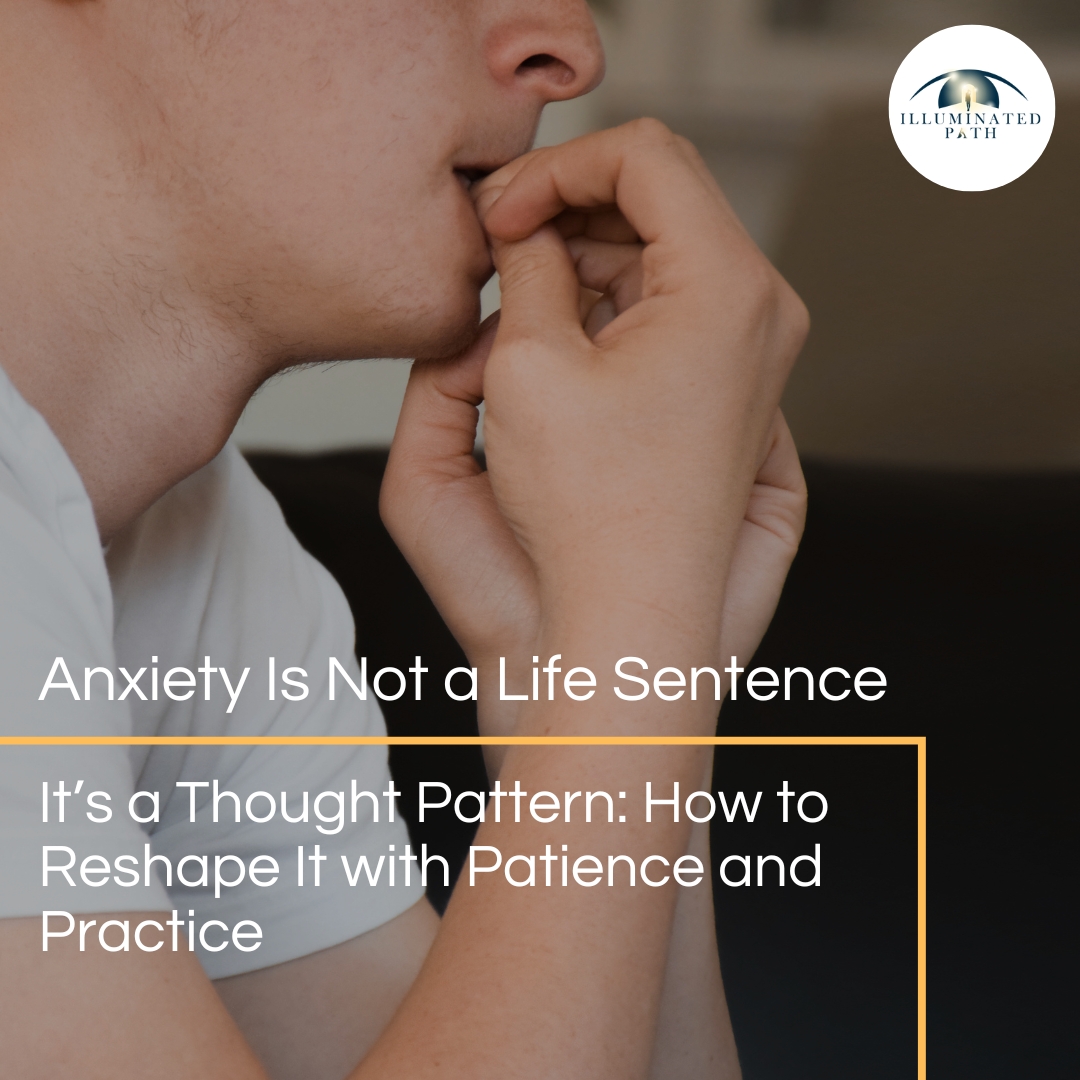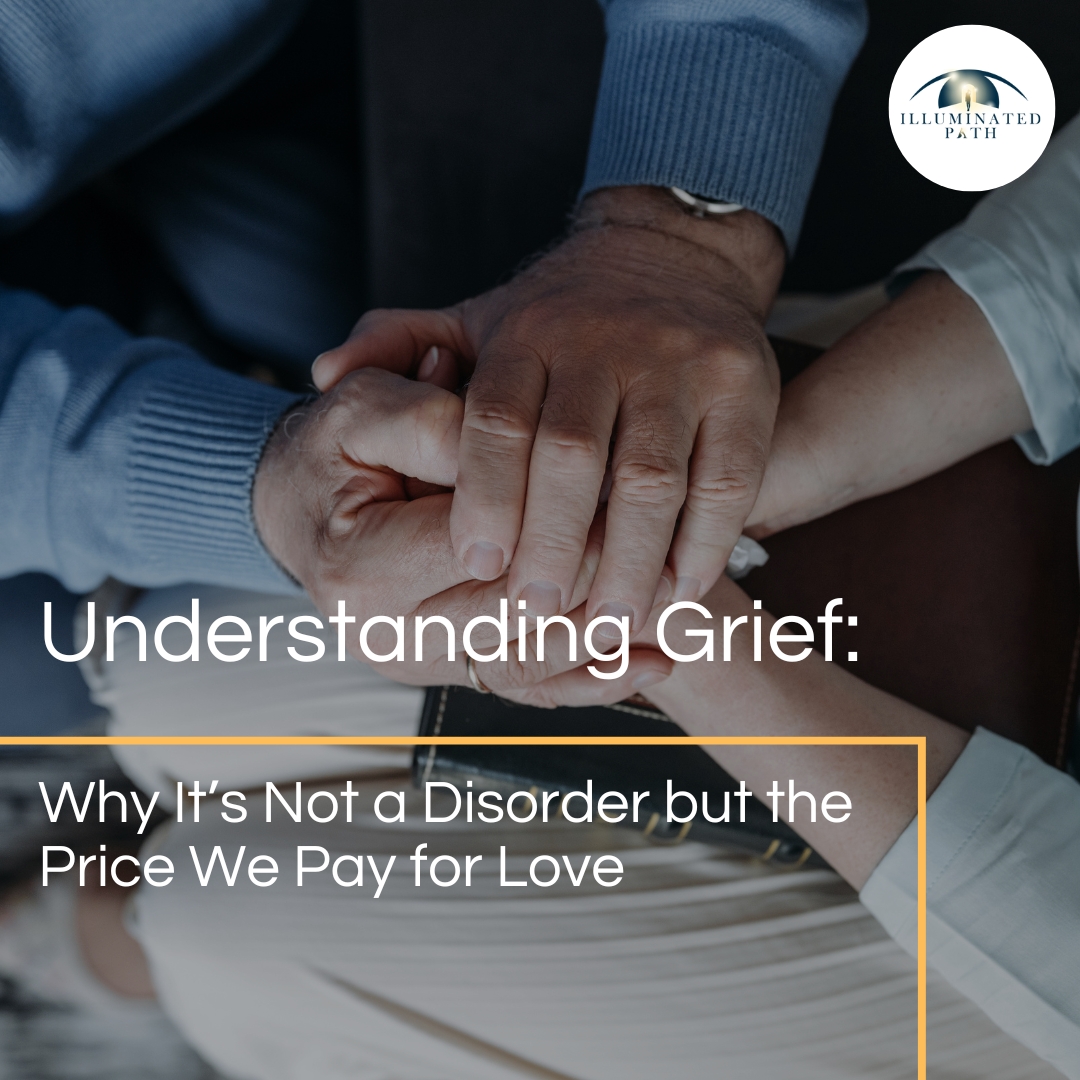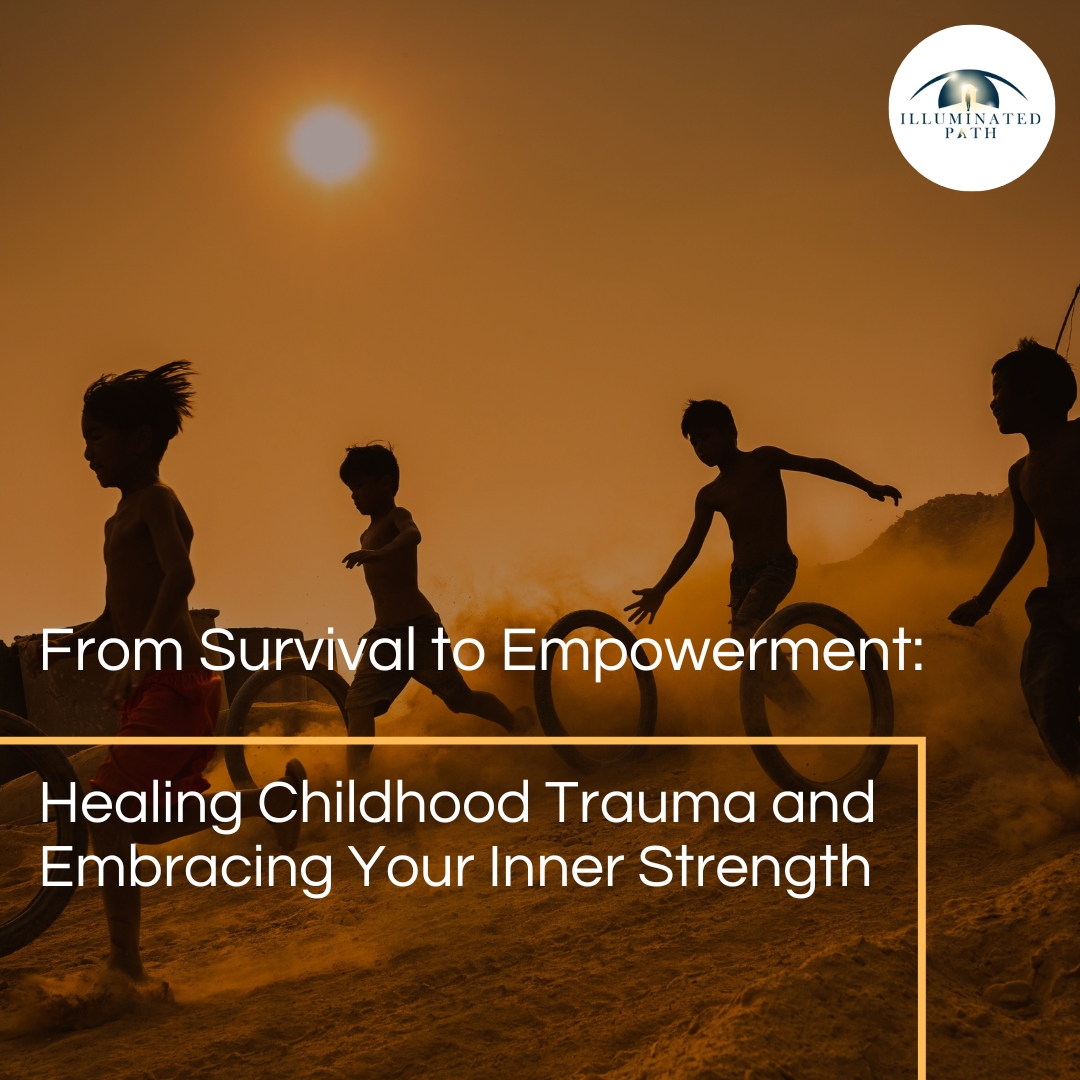
The weight of childhood trauma settles on the soul like an invisible cloak, its presence felt but its form unseen. It casts long shadows, distorting perceptions and leaving a trail of emotional scars that linger long after the wounds have healed.
Prevalence and Impact
- Prevalence: According to the National Council for Behavioral Health, approximately 1 in 4 adults in the United States experienced at least one type of childhood trauma. ([Source: National Council for Behavioral Health])
- Impact: Childhood trauma has been linked to a wide range of mental health issues, including depression, anxiety, substance abuse, and post-traumatic stress disorder (PTSD). Studies have also shown that individuals who experience childhood trauma are more likely to have difficulty forming healthy relationships and may be at a higher risk for physical health problems. Additionally, childhood trauma can have a significant impact on an individual’s career, education, and overall quality of life.
The Hidden Scars
One of the most insidious aspects of childhood trauma is its ability to mask itself, to hide beneath layers of resilience and denial. Children, with their innate capacity for adaptability, often find ways to cope, to bury the pain deep within, where it festers unnoticed. But the scars remain, etched into the very fabric of their being, waiting to be unmasked.
The long-term effects of childhood trauma can manifest in various ways, including:
- Emotional and psychological difficulties: Flashbacks, intrusive thoughts, hypervigilance, and constant feelings of being on edge.
- Relationship challenges: Difficulty forming and maintaining healthy relationships due to issues with trust, intimacy, and communication.
- Mental health disorders: Increased risk of depression, anxiety, substance abuse, and PTSD.
- Physical health problems: Higher rates of chronic illnesses, such as heart disease, diabetes, and autoimmune disorders.
- Career and educational setbacks: Challenges in achieving academic and professional success due to the impact of trauma.
The Path to Healing
The path to healing from childhood trauma is not a straight line. It is often a winding and bumpy road, filled with setbacks and challenges. But with perseverance, hope, and the right support, it is possible to reach a place of peace and wholeness.
- Acknowledge the trauma: This is the first step in the healing process. It allows individuals to make sense of their experiences and begin to reclaim their power.
- Seek professional help: A trauma specialist therapist can provide a safe and supportive space for individuals to process their emotions, explore their coping mechanisms, and develop healthy coping strategies.
- Engage in self-care: Activities like exercise, meditation, and spending time in nature can support the healing process.
- Build a support network: Connecting with others who have experienced childhood trauma can provide a sense of belonging and understanding.
- Be patient and compassionate: Healing is a journey, and it takes time and effort.
Childhood trauma leaves a lasting impact on the human psyche, but it does not have to define one’s future. By acknowledging the pain, seeking support, and engaging in self-care, individuals can begin to heal and reclaim their lives. The journey may be challenging, but the rewards are immeasurable.

The Author
Dr. Shadi Souferian Psy. D.
Licensed Clinical Psychologist
Therapist And Psychologist in Los Angeles And Beverly Hills.






